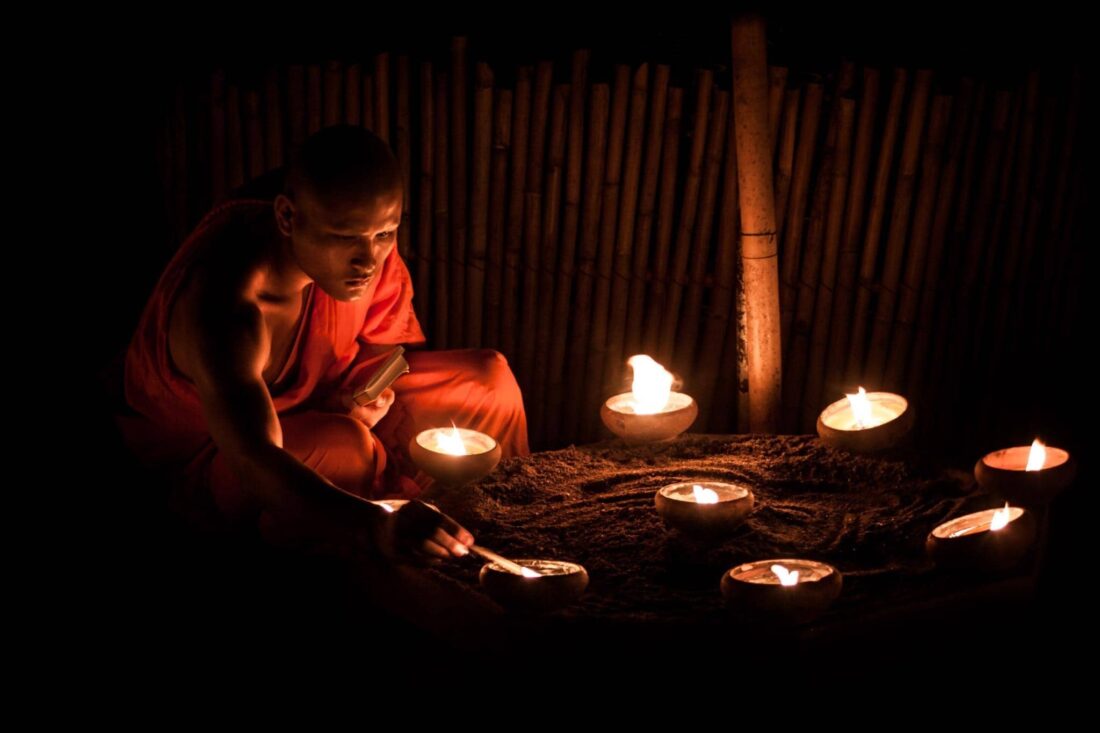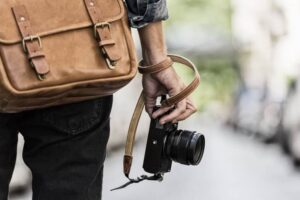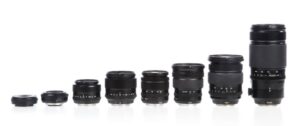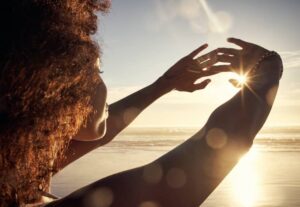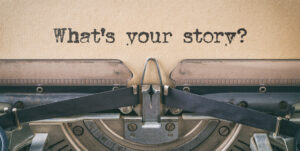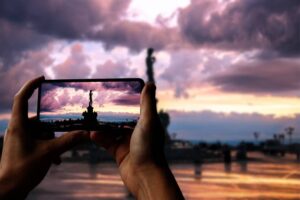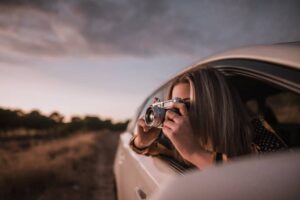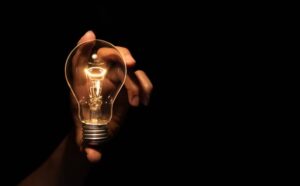There are many genres of photography out there, but one of my favorites that combines creative freedom and storytelling is editorial photography. It allows me to satisfy my curiosity and find stories all around me.
And unlike commercial photography, I am not restrained by brand image or model and property releases.
However, a lot of beginners struggle with understanding what falls into the editorial category, as opposed to commercial. So let’s start with the simple question:
What is editorial photography?
Editorial photography is about documenting real-life, current events and stories of people in a truthful manner.
The primary motive isn’t to sell a product or promote a brand, but rather to tell a story, educate and engage the viewer. Editorial images are often used alongside text in magazines and newspapers to lend visual context.
It’s also worth noting that one of the big advantages of editorial photography is that it doesn’t require a signed release to sell to editors or on stock photography websites.
So now that we have a better understanding, here are 3 tips on how to take better photos for editorial photography:
- Plan your story
Since editorial photography is about storytelling, the first step is to have a plan and determine the series of photos you need to tell your story. I usually try to write down concepts and ideas to help create a blueprint of what to shoot.
It’s also important to be as familiar as possible with the area you are going to shoot in. Once a plan is made, I do my homework and scout the area. If I don’t have access to the area beforehand, I do some quick research and find inspiration through other photos or Google maps.

- Be always at the ready
The stories we capture are often made of fleeting and candid moments. Unlike studio photography, you can’t ask your models to replay a scene, which is why it’s important to be fully aware of your surroundings and ready to capture the photos.
This means you should understand how your camera works and have your settings dialed in beforehand. If you spend time fiddling in menus to adjust your settings, you’re going to miss the moment and make your model nervous.
Don’t hesitate to shoot in program mode or even auto mode if you don’t feel comfortable changing your settings. When it comes to editorial photography, it’s more important to capture the right moment than get a perfectly composed and exposed image.
- Build your photo essay like a story
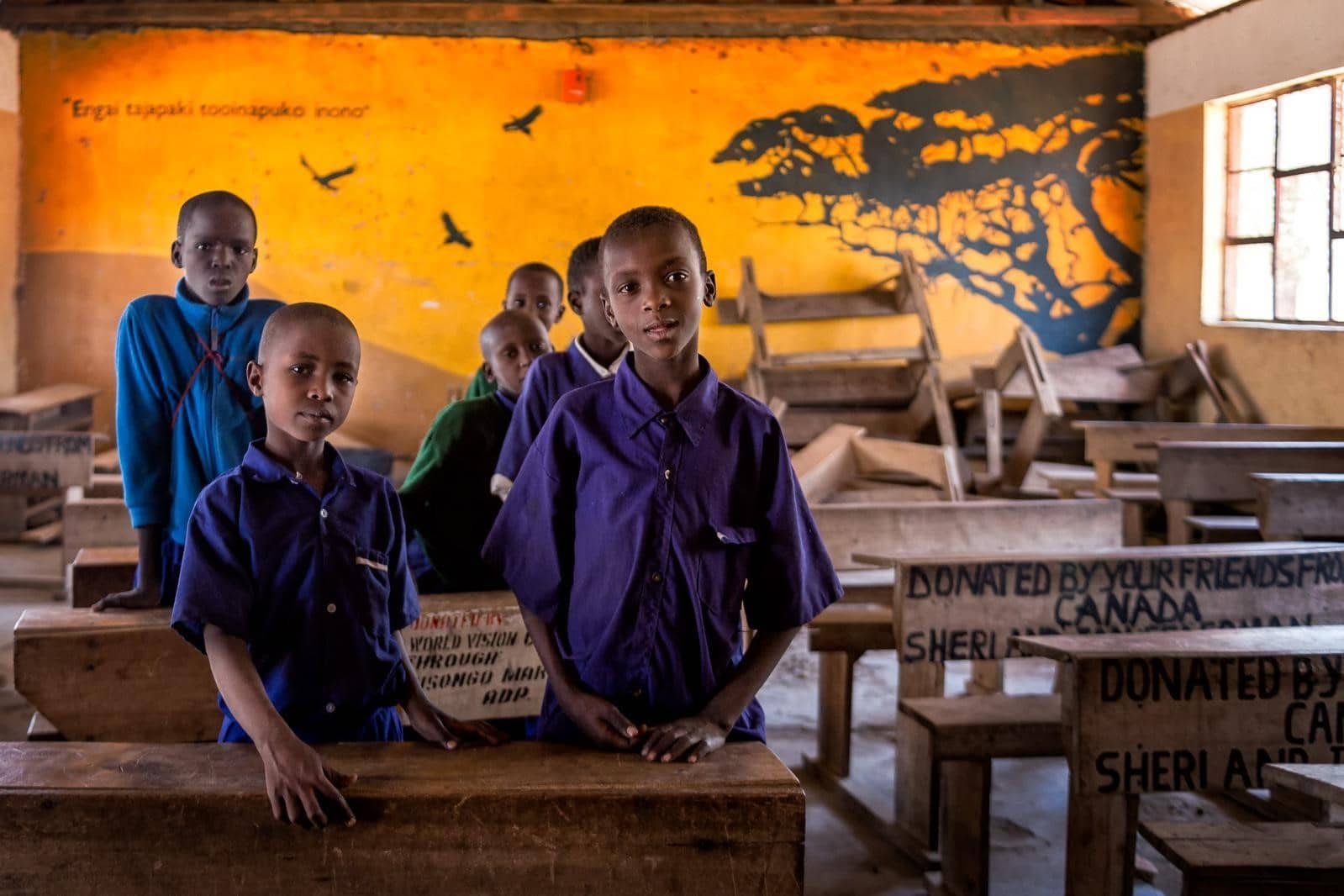
Do you remember how bedtime stories used to start? Here’s an example:
“Once upon a time, there was a big castle on a hill in a faraway kingdom. There lived a wise king and queen…”.
It sounds like a classic intro to a story but if we analyze it, we notice that we set the scene (a castle) and introduced the people involved (king and queen). This immediately grabs our attention and makes it easier to follow the story.
Similarly, you can start building a photo essay by introducing your story step by step. Ask yourself simple questions like “where? who? why?” and take photos accordingly.
You can set the scene by capturing a wide-angle of the location, or maybe even a sign describing it. Then move gradually closer, as you progress through your story and get into more details. Take portraits of the people involved, then focus on smaller things like hands or tools or anything that contributes to your story.
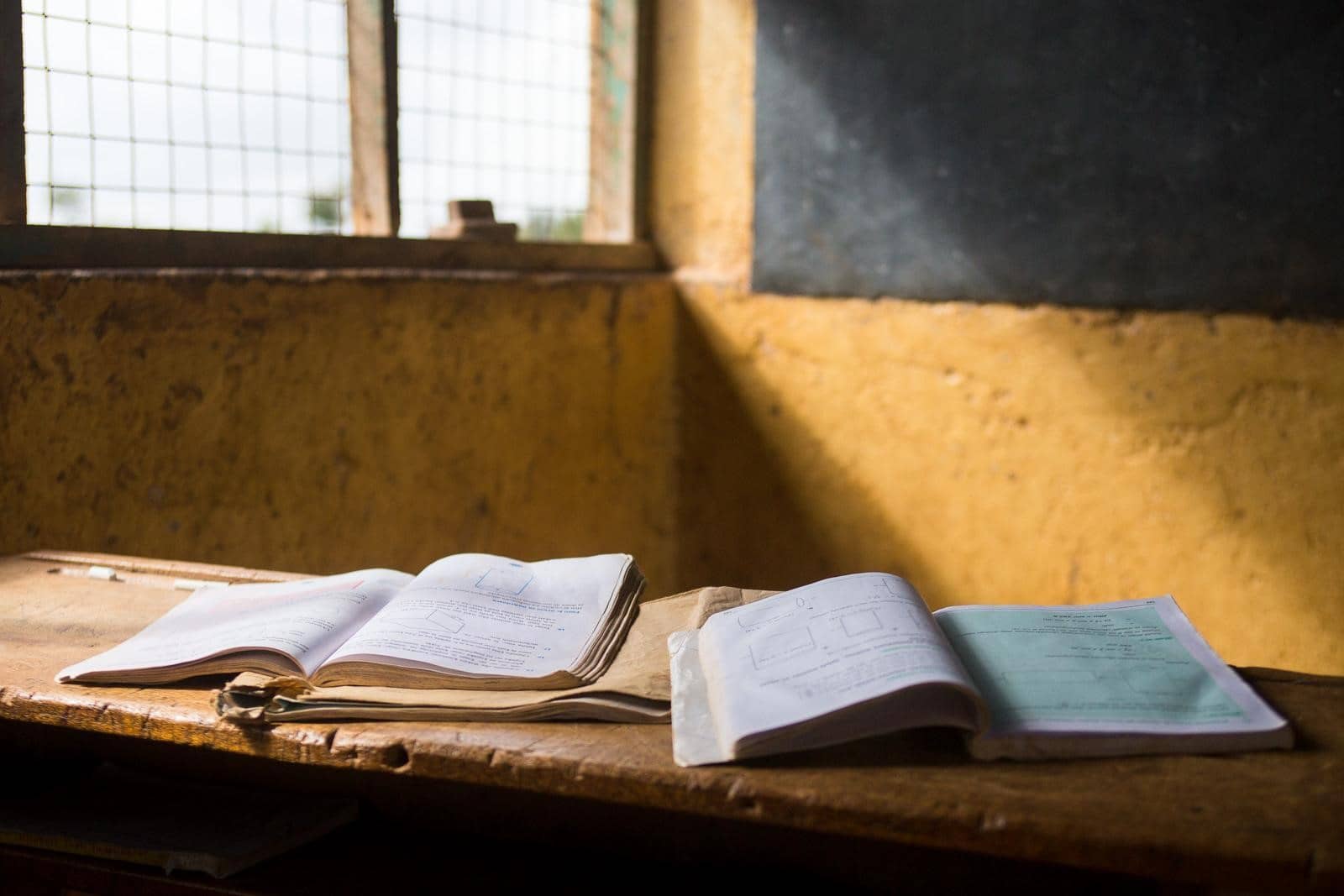
Editorial photography is a great way for photographers to express their artistic vision. Hopefully, this will inspire you to seek out the stories all around us and document them without having to travel to far and exotic locations.
— Daniel

